
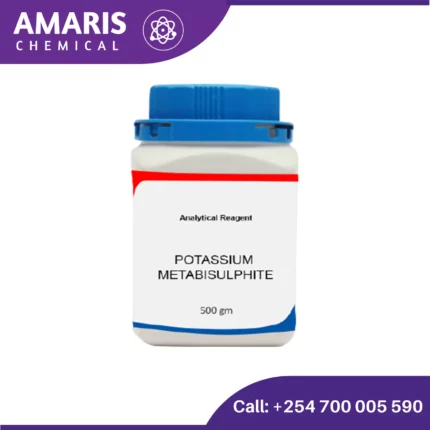
Potassium Dihydrogen Phosphate 500gm
KSh1,125.00 Original price was: KSh1,125.00.KSh950.00Current price is: KSh950.00.
Potassium dihydrogen phosphate (KH₂PO₄) is a chemical compound often referred to as KDP. It is a water-soluble crystalline substance that is commonly used in analytical chemistry, as a buffering agent in biological and biochemical research, and in the formulation of fertilizers. Here are some key points about potassium dihydrogen phosphate:
- Chemical Formula: The formula KH₂PO₄ indicates that it contains one potassium ion (K⁺), one hydrogen ion (H⁺), one phosphate ion (PO₄³⁻), and two hydrogen atoms.
- Physical Properties:
- KH₂PO₄ is a colorless or white crystalline powder.
- It is highly soluble in water, which makes it useful in aqueous solutions.
Uses of Potassium Dihydrogen Phosphate
Buffering Agent:
One of the primary uses of KH₂PO₄ in laboratories is as a buffering agent. It helps maintain a stable pH in aqueous solutions, especially in the pH range of around 4.0 to 7.0. This makes it valuable in various biochemical and biological applications where maintaining a specific pH is crucial for enzymatic reactions, cell culture media, and other experimental setups.
Standardization and Calibration:
KH₂PO₄ is used as a standard substance in analytical chemistry for preparing standard solutions and calibrating pH meters and other analytical instruments. Its pH is well-defined and stable, making it ideal for this purpose.
Electrolyte Solution:
In electrochemistry and analytical chemistry, KH₂PO₄ can be used as an electrolyte solution, particularly in applications involving phosphate buffers or when a potassium ion source is required.
Crystallization:
KH₂PO₄ is also used in the crystallization of biological molecules and in the preparation of protein crystallization buffers. Its solubility characteristics and pH stability make it suitable for these applications.
Chemical Synthesis:
It is occasionally used as a reagent or reactant in chemical synthesis processes where its properties can influence reaction conditions or product characteristics.
Quality Control:
Laboratories use KH₂PO₄ to prepare control solutions for quality control purposes, ensuring consistency and accuracy in experimental results.
Educational Demonstrations:
Due to its clear and well-documented properties, KH₂PO₄ is often used in educational laboratories for demonstrations and experiments related to buffer solutions, pH measurement, and basic chemical principles.
Related products
Acetic Acid 2.5litre
Aceto Carmine 100 ml
Properties
- Color: Red to purplish-red.
- Solubility: Soluble in water and ethanol.
- Staining Characteristics: Stains chromatin and cytoplasmic components, providing contrast for better visualization under a microscope.
Preparation
- Ingredients:
- Carmine dye: A natural red dye extracted from the cochineal insect.
- Acetic acid: A colorless liquid organic compound with a pungent smell.
- Procedure:
- Dissolve a specific amount of carmine powder in hot distilled water.
- Add glacial acetic acid to the solution.
- Filter the mixture to remove any undissolved particles.
Aluminum Fine Powder
Aluminum Nitrate 500gm
Ammonia Acetate
Properties
- Chemical Formula: NH4C2H3O2
- Molecular Weight: 77.08 g/mol
- Appearance: White, crystalline solid
- Solubility: Highly soluble in water
- Melting Point: Decomposes upon heating


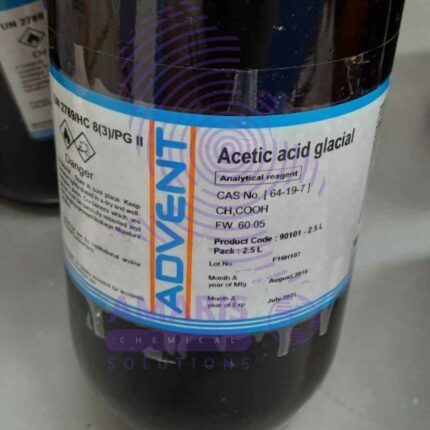
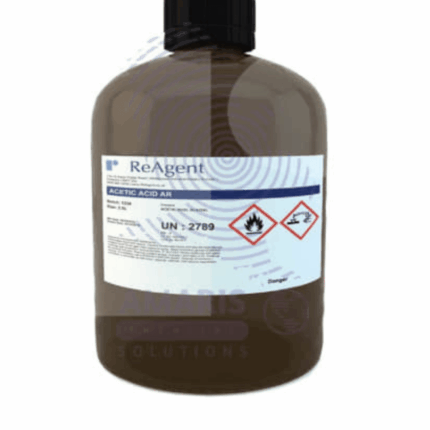
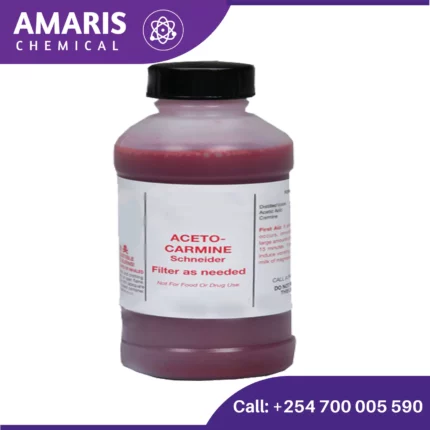

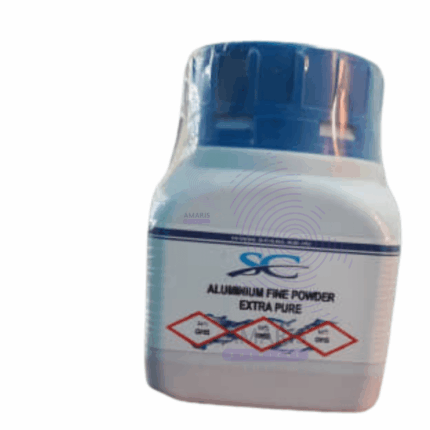
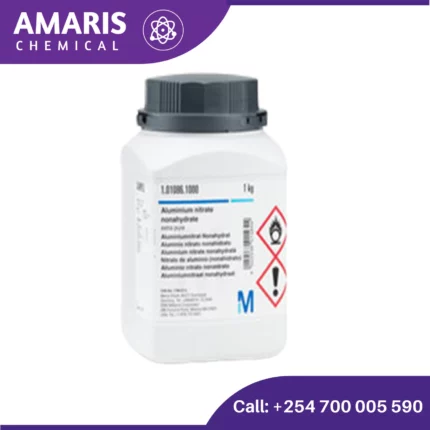
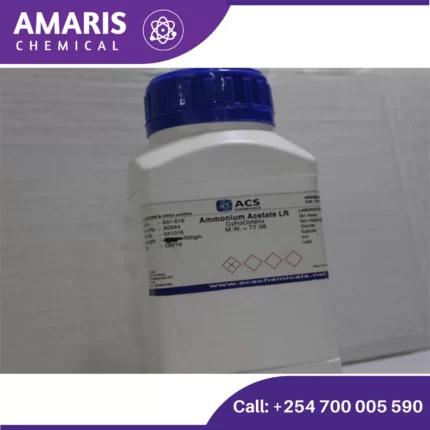
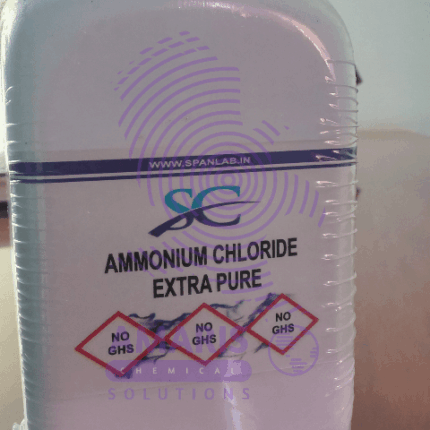
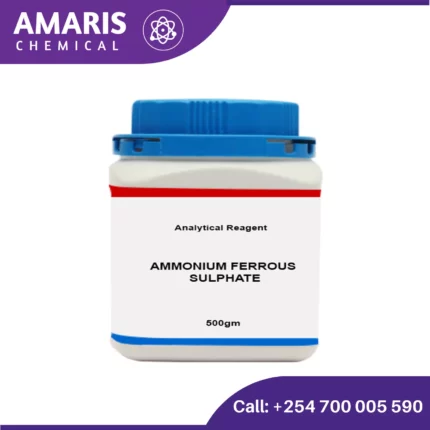
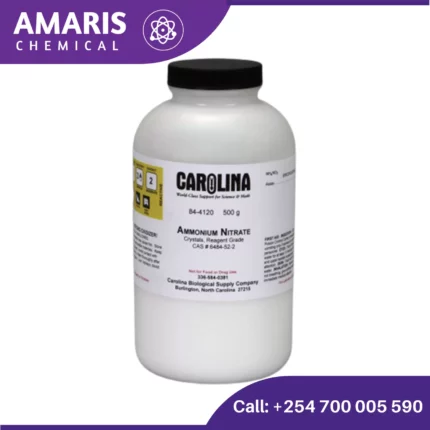






Reviews
There are no reviews yet.